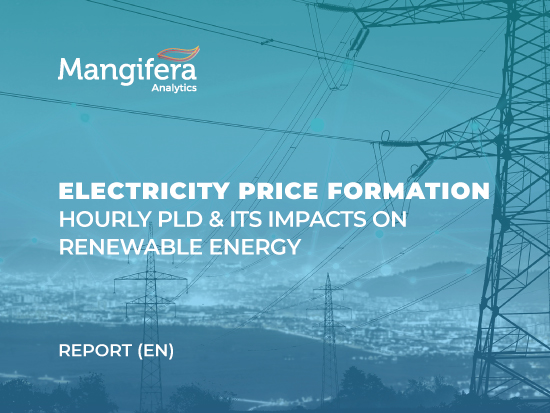Product ID: P160004-02-20-1.0
Version: 1.0
Release: December 2020
Volume: 54 Pages
On January 1st, 2021, Brazil takes huge step in its evolution towards a cleaner, greener, and more investor-friendly energy market, when the long-anticipated shift to hourly spot pricing comes into effect. For a market that has been trading electricity on a weekly basis, the shift to hourly pricing will now track much shorter-term fluctuations in supply and demand, creating new opportunities and substantial benefits across the board.
As an Introduction to hourly PLD & its Impacts on renewable energy, this in-depth report reveals the new market mechanics and clarifies the underlying calculation model, while providing specific case studies for wind and solar power projects. The shift to hourly PLD will create an entirely new investment landscape, with new products, services, platforms designed to serve the new spot market, making this report an invaluable resource for anyone considering or developing projects in this new era for Brazilian energy.
